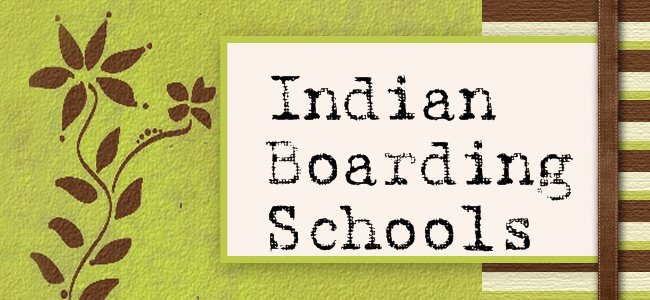 I began my journey of Native American orphanages through the extensive research of author Marilyn Irvin Holt. As I turned past the table of contents I found myself feeling a sense of anticipation accompanied with disinclination. What information will I gain from the pages that follow and what emotions will be tied to the overarching subject of the book itself?
I began my journey of Native American orphanages through the extensive research of author Marilyn Irvin Holt. As I turned past the table of contents I found myself feeling a sense of anticipation accompanied with disinclination. What information will I gain from the pages that follow and what emotions will be tied to the overarching subject of the book itself? So I pressed forward and gingerly began to read.
In the U.S. it was apparent that the definition of care for an orphan differed between two distinct cultures, European and Native American. Although practices varied among the tribes concerning children who lost one or both of their biological parents it is clearly understood that one common practice was shared, no child was left uncared for in their communities. Orphaned children were often brought into the homes of their grandparents, older siblings, relatives, and family acquaintances. Whereas European children, who were orphaned, rarely had the opportunity to be cared for by another family member let alone by an individual within their community. The social norms brought over from their European homelands followed them and these children were placed in institutions called orphanages.
Dramatic changes in the United States greatly increased the immigration population. Events such as the Industrial Revolution, California Gold Rush, and land opportunity in the West generated more chances for financial security but also affected the nature of the family. Immigrant children paid the price. These children fell within one of these three categories:
- Orphaned – a minor child without living parents.
- Half-orphaned – a minor child who has lost one parent, yet the one living parent cannot care for them.
- Destitute – a minor child having both parents, living, but who cannot care for them.
Native American people honorably held tight to their child-rearing practices but could not escape the pressures of the dominant culture. Keeping the family together was challenged through conflicts, encroachment of hunting grounds, disease, and forced assimilation. As the native population began to decrease so did the tradition of orphaned children being cared for within their tribal communities. Resembling their immigration counterparts, Native American children began to be placed in orphanages.
Marilyn Irvin Holt’s research focuses upon the Cherokee, Chickasaw, Choctaw, Creek, and Seminole nations The intent of her work was to not focus upon the Five Civilized Tribes, however; the extent of her data was retrieved from institutions in which documents could be retrieved. Additional orphanage accounts include the Seneca, Cherokee, Oklahoma, Ojibway and Sioux.


I want to read your book when you are finished. I did hear about my Mom's history of boarding schools prior to Chilocco, but she is remembering and researching more as well. Thank you for your awesome response to my blog. (:
ReplyDeleteThank you for sharing your excitement. I could imagine the anxiety you had as you turned the pages to the begining of history, because that is exactly how i felt when i finally decided on the book I was going to read for this second set of blogs.
ReplyDeleteIn response to reading your post, it is always comforting to acknowledge the honorable strength that the Native Americans had as far as holding on tight to family values. In addition to learning more about boarding schools and the negative and postive experiences that the children had to overcome, I honestly was not aware of Indian Orphanages.
I am curious as to how they were treated, and what were their expectations? I also wonder what emotional roller coaster I will be in line for...?